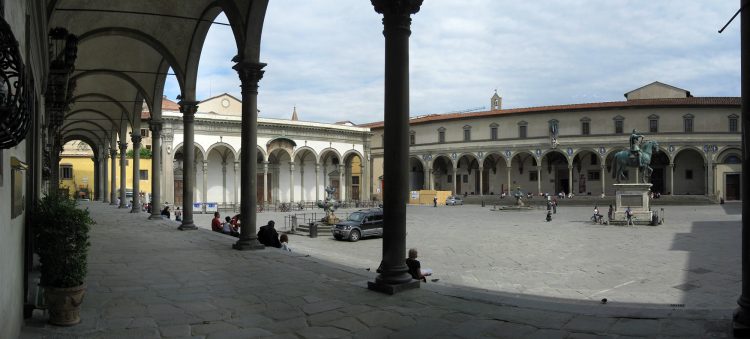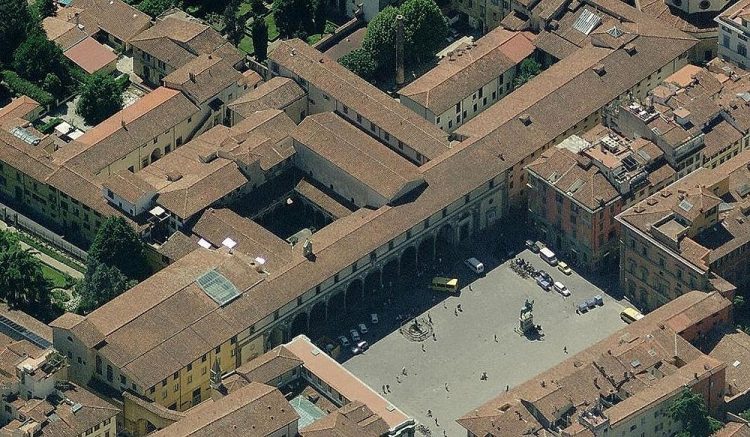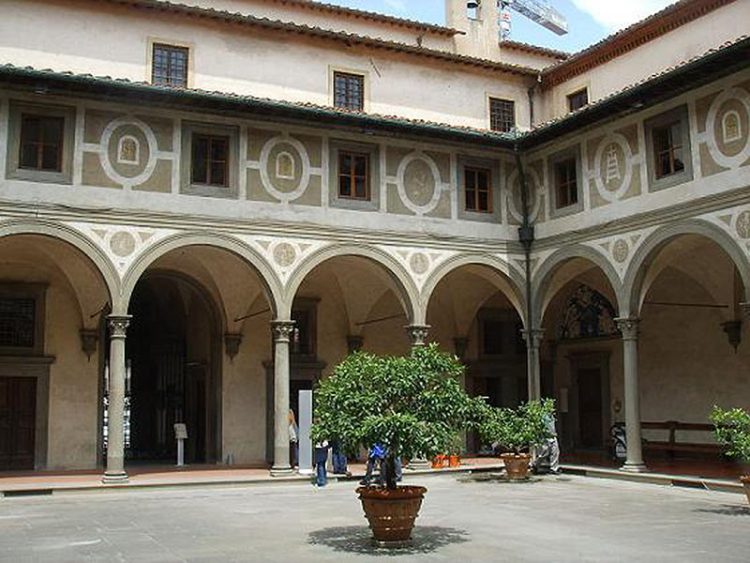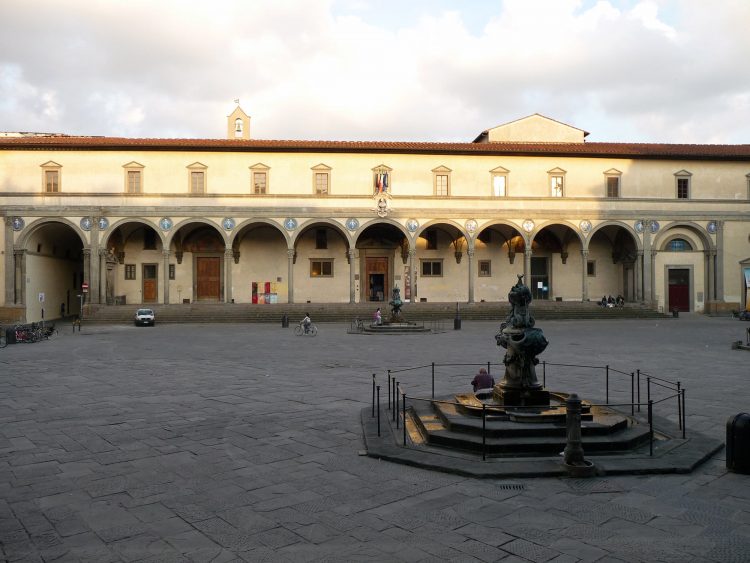New Headquarters of Unicef-IRC, Istituto degli Innocenti, Florence (Italy)
Florence, Italy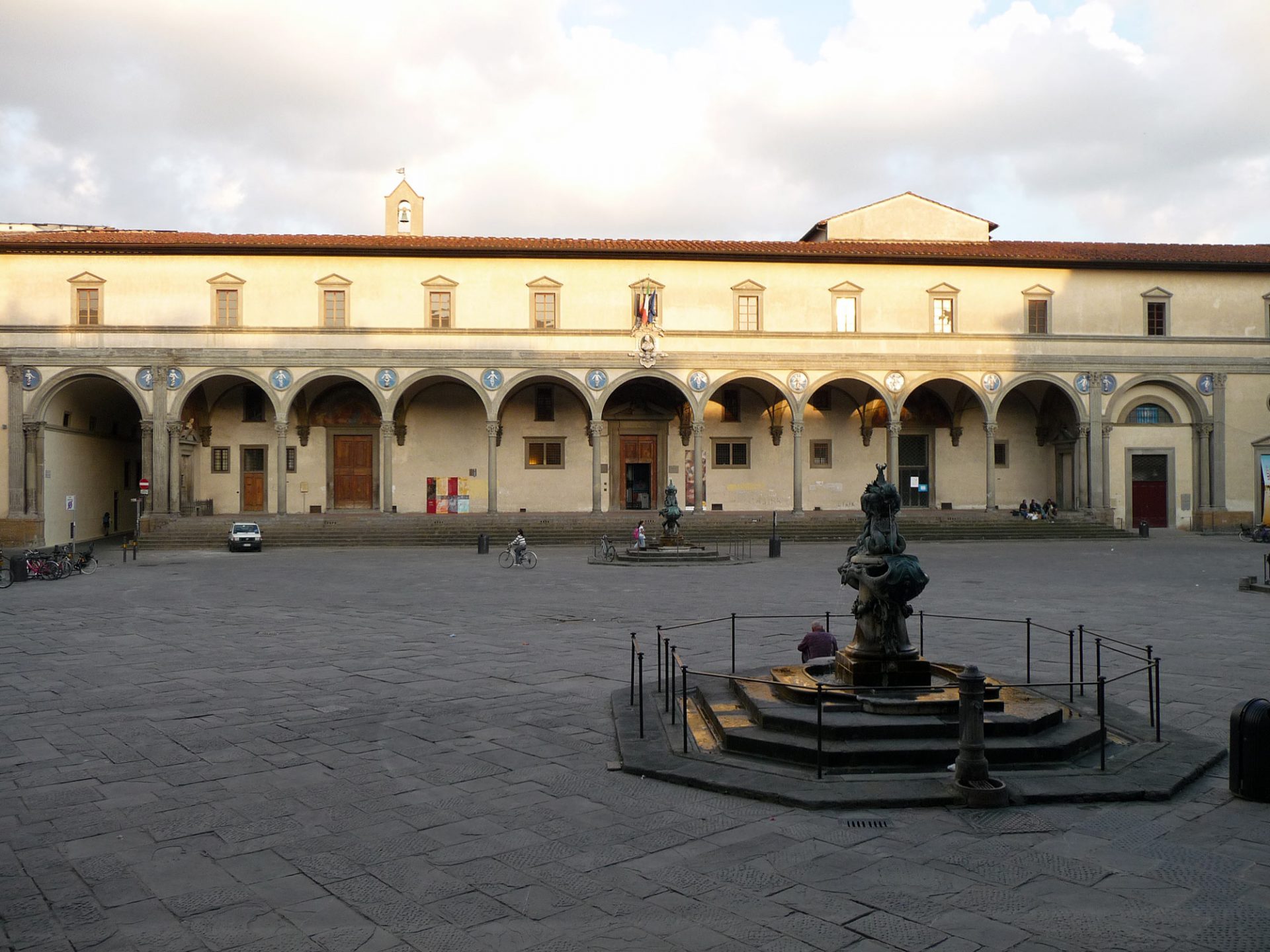
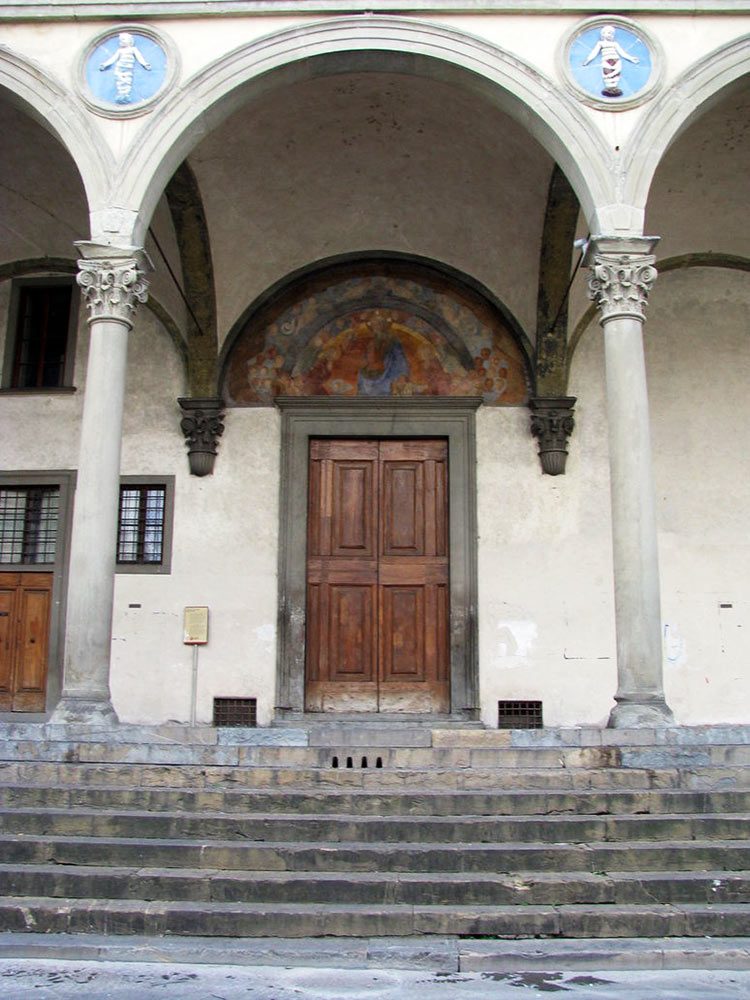
This project concerns the requalification of the historic east wing of Ospedale degli Innocenti, which is going to become the new headquarters of Unicef.
Architectural project: Arch. Filippo Martines
Structure project: Ing. Marco Peroni
System amount: 1.270.000€
This project concerns the requalification of the historic east wing of Ospedale degli Innocenti, which is going to become the new headquarters of Unicef. The whole complex, which also has an internal courtyard, is set out on three floors, overlooking Via dei Fibbiai and the internal courtyard. The overall surfaces are as follows:
- ground floor 300 sq m approx
- first floor 850 sq m approx
- second floor 850 sq m approxThe integrated design project includes, during the renovation stages, intervention on structural architectural features as well as on installations. The intention in particular is to create new meeting spaces, knocking down some sections of non-load-bearing wall and to create, compliant with the relevant standards, constraints and work and detachment from surrounding buildings, a new emergency stairway to also connect to the second floor, which will be integrated into the internal courtyard. As well as serving for emergencies, this stairway may also serve to access the garden during breaks, making it another space for meeting and talking. There is also the intention to install a panoramic lift with a covered bottom and glass cabin, driven by an oil-hydraulic piston system, based on the ground floor to safeguard the perception of the state of sites and to make the most of natural lighting for energy saving purposes.
The technological installations have been designed taking special care for energy savings, architectural integration and compliance with the historical and architectural features of Ospedale degli Innocenti.
The proposed installations aim to significantly reduce energy consumption. The aim has been to add to this energy saving with performance and comfortable surroundings, which can be summed up as follows:
- implementation of a control and management system for lighting
- use of light fittings that integrate perfectly with the architectural setting
- use of high-efficiency, durable light sources such as LEDs and T8 long life fluorescents (75,000 hours of operation)
- use of a highly reliable electrical network, complete with UPS to guarantee maximum service continuity
- implementation of a high-performance, structured wiring system (category 6°)
- use of alternative energy sources to limit energy consumption in the generation and recovery of heat transfer fluids
- use of conditioning systems in accordance with their insertion into the monumental context of the building
